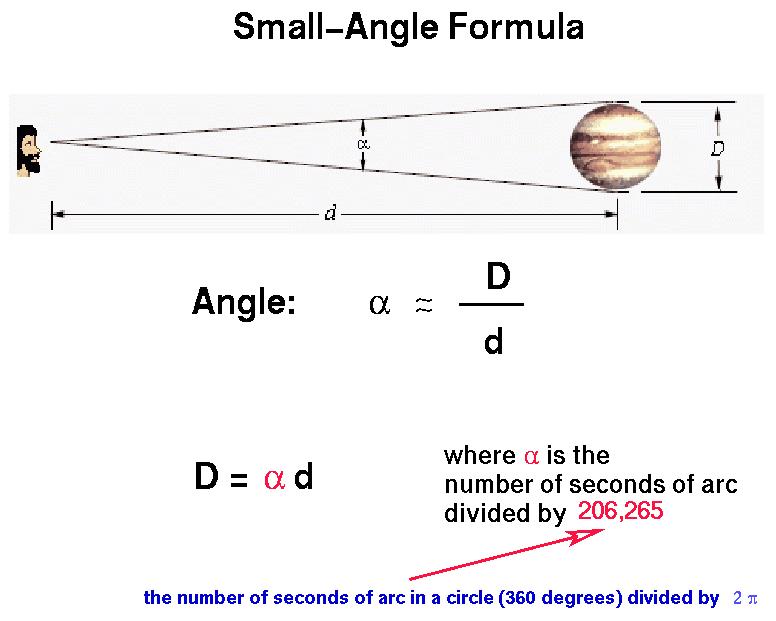

Some important points about the previous relationship: The distance to stars is usually a huge number, so the parallax angle is really tiny. This distance is 3.26 light years or one parsec. The parsec is defined in terms of the astronomical unit, is used to measure distances beyond the scope of the Solar System and is about 3. D 1/P, where: D Distance between the star and the Earth, in parsecs ( pcs) units and P Parallax angle, in arcseconds ( arcsec) units. To calculate the distance, in terms of light-years, we use the equation introduced earlier: d (parsec) 1/p (arcsecond) Distance 1/0.37921 2.637 parsecs. It will even convert equivalent units, like years to days, light-years to parsecs, or warp factors to multiples of c. Sirius has a parallax of 0.37921 arcseconds. Simply input two of three variables (speed, distance, and time), and the form will calculate the third for you. So a parsec is the calculated distance it takes for one astronomical unit of distance to cover an angle of 1/3600 degrees. The Warp Speed Calculator is designed to answer these questions. One astronomical unit is equal to the distance between the Earth and sun, while arcseconds are a unit for measuring angles (one arcsecond is equal to 1/3600 degrees). For calculating distance modulus, use the formula: m M 5 log (r/10) where log refers to the logarithm with base 10. Using parallax, astronomers calculate the distance it takes for one astronomical unit to subtend one arcsecond. Astronomical distances The SI unit for length, the meter, is a very small.

Parsecs are calculated using parallax, which is a form of distance measurement used in astronomical observations. use d1/p to calculate the distance which will be in units parsecs By. Materials: classroom ruler, worksheets, ruler, protractor, calculator. However, why is one parsec equal to 3.26 light years? After all, that number seems fairly specific. nearby stars, and use it to measure the distance to objects in the classroom. As a rule of thumb, the distance modulus is calculated by multiplying by five the logarithm of the ratio between the actual distance and a reference distance of 10 parsecs. Going from light year to parsec is fairly simple, and all it requires is dividing the number of light years by 3.26. m M 5 log (r/10) where log refers to the logarithm with base 10. The nearest star to us, Proxima Centauri, is located 4.2 light years away or 1.3 parsecs. One parsec is equivalent to 3.26 light years. How Big Are Parsecs? Proxima Centauri is the closest star to the sun at a distance of 4.2 light years or 1.3 parsecs.


 0 kommentar(er)
0 kommentar(er)
